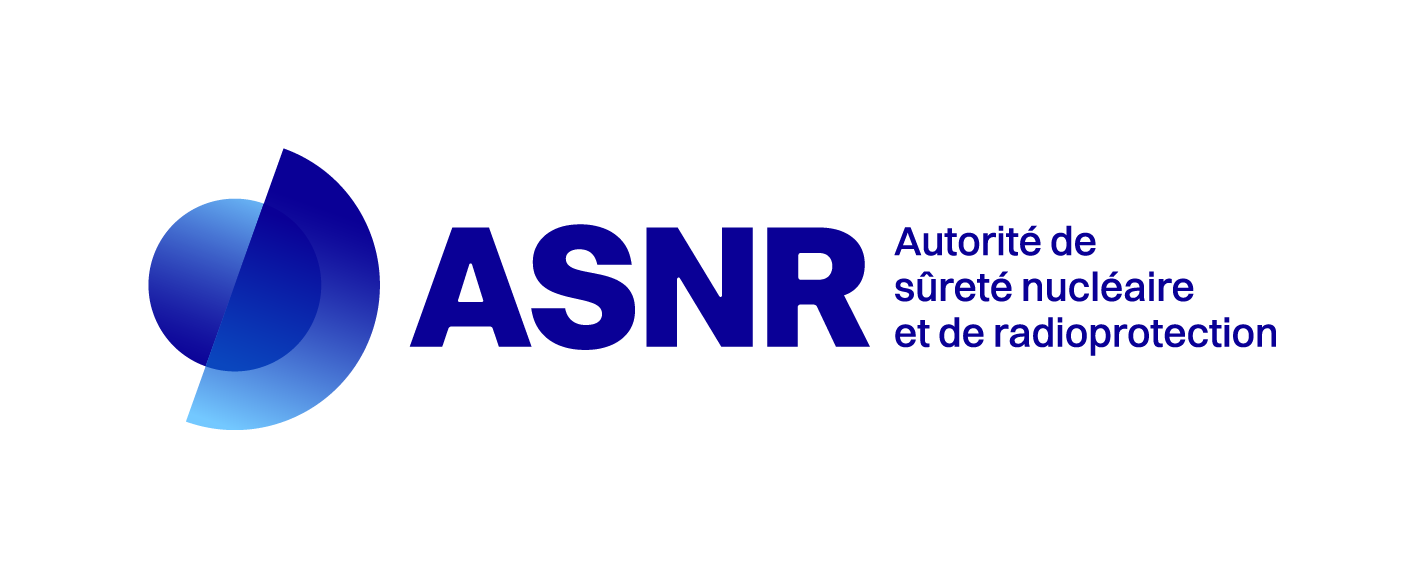Effect of aerated transients on stress corrosion cracking of 316L SS in high temperature water
Résumé
The effect of oxygen and oxygen transients (hydrogenated-oxygenated cycling conditions) on the stress corrosion cracking behavior of a 316L austenitic stainless steel exposed to simulated PWR primary water was studied. SCC (Stress Corrosion Cracking) tests were performed using SSRT (Slow Strain Rate Tests). Various hydrogenated-oxygenated cycling conditions (duration, frequency, starting and ending conditions) were tested and compared to tests in purely hydrogenated (DH) or oxygenated (DO) high temperature water. Quantification of the cracking network (SCC initiation sites, density, crack length and depth) was performed after SCC tests. For the same mechanical conditions, the cracking networks depend on the environment (hydrogenated, oxygenated or transients conditions). Therefore, it raises the question of the effect of the loading conditions and of the environment (DH, DO or transients) on grain boundary oxidation, which is considered as a precursor to SCC. A cracking scenario based on the relationship between grain boundary oxidation and SCC will also be presented.
| Origine | Fichiers produits par l'(les) auteur(s) |
|---|---|
| Licence |
Copyright (Tous droits réservés)
|
